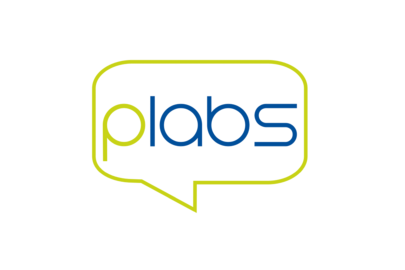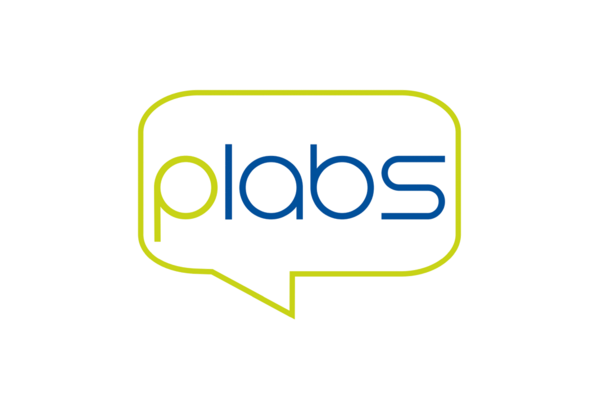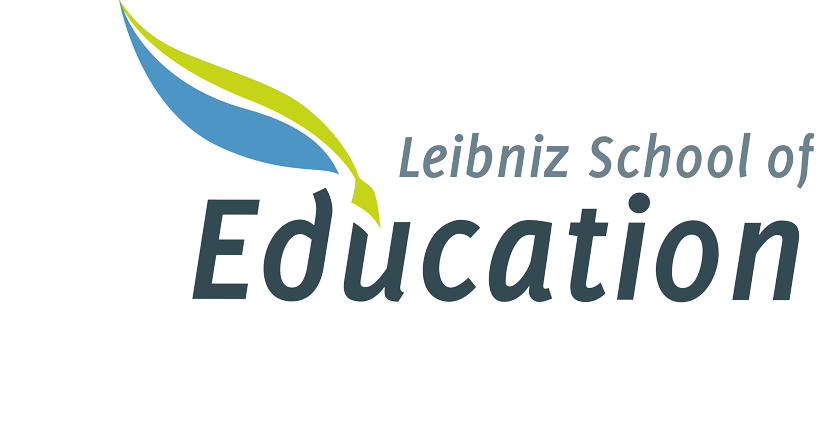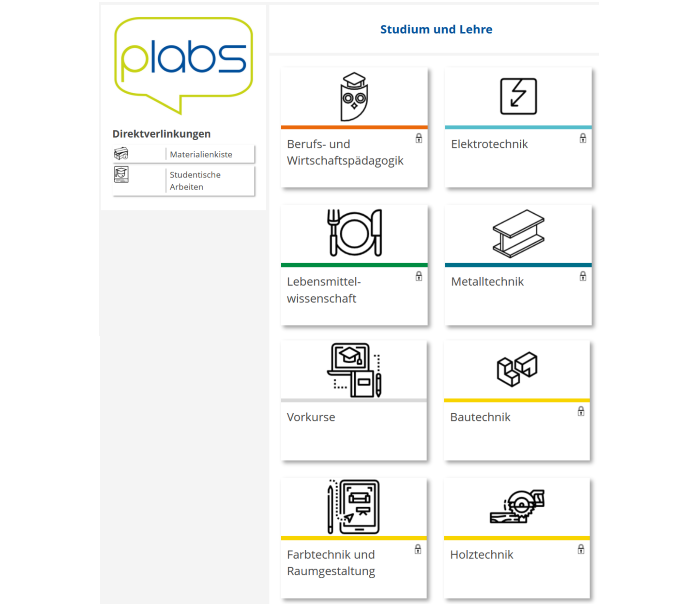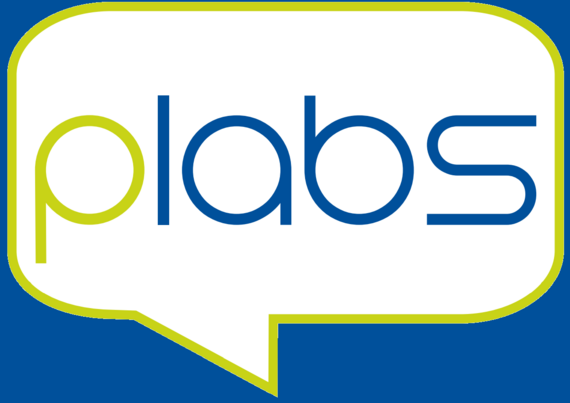
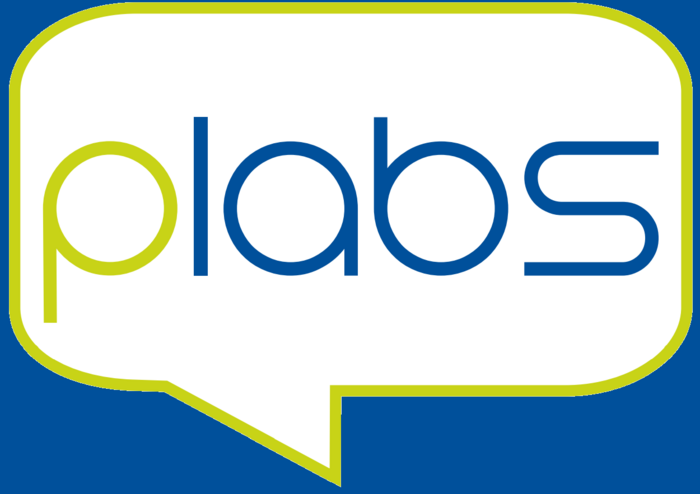
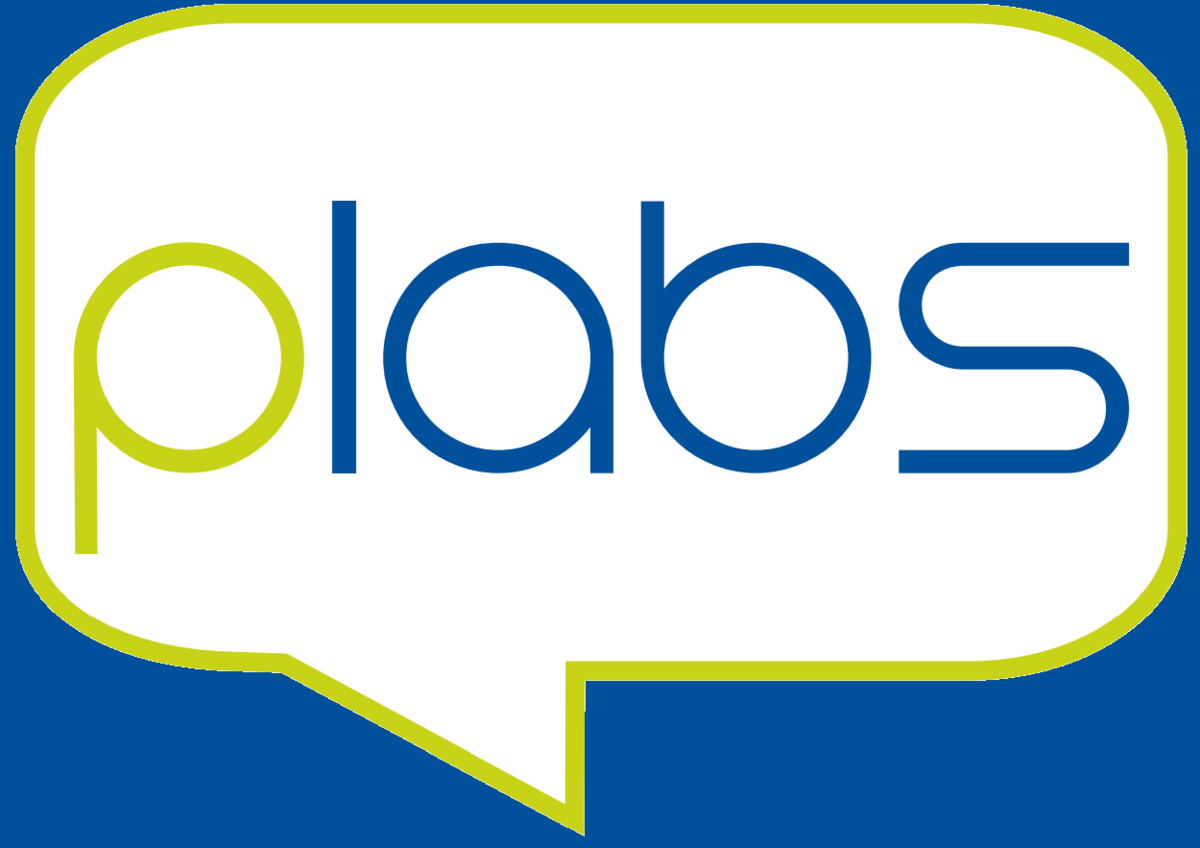
Platform Teacher Education for Vocational Schools
The learning platform plabs (derived from the acronym of the project's German name: Plattform Lehramt an berufsbildenden Schulen) offers a variety of possibilities for student teachers and prospective students of teacher education, as well as teachers in their traineeships and at vocational schools. With plabs, interactive teaching/learning contents are brought together and a variety of individual learning paths are supported.
What is plabs?
plabs stands for "Plattform Lehramt an berufsbildenden Schulen" (Platform Teacher Education for Vocational Schools) and is a digital offer for (prospective) students, student teachers, lecturers and teachers in their teaching traineeship as well as at vocational schools.
The learning platform focuses on the use of digital teaching/learning content for student teachers independent of time and place. The various interactive tools help students with individual and self-organised orientation and learning. With the help of plabs, learning content and web-based teaching/learning offers are made available by the lecturers and integrated into the course. The university's own learning management system ILIAS ensures that the teaching/learning content is made available to the students at the right time in accordance with data protection regulations. In addition, a communication option between lecturers and students is made possible without the need for additional system applications. Furthermore, plabs is an information platform.
In addition to information on studying at Leibniz University Hannover and the teaching traineeship in Lower Saxony, content on research, Open Educational Resources (OER) and a networking area will also be established in the future.
What is the goal of plabs?
As a learning platform, plabs provides the vocational teaching profession in Lower Saxony with a digital place that can be used and operated by all interested parties, participants and members, regardless of location and time, but also individually.
plabs improves the studyability for prospective teachers, e.g. by making classroom teaching more flexible through e-learning formats such as the blended learning format or the central orientation and focus on the learners, among other things through an independent learning cycle. In addition, the learning platform as a didactic and subject-specific learning object promotes the digital competences of prospective teachers of the vocational teaching profession throughout Lower Saxony and thus represents a support through media in the recruitment and training of prospective teachers of the vocational teaching profession.
Who are the target groups of plabs?
The focus of the learning platform plabs is on vocational teacher education students and prospective students at Leibniz University Hannover as well as teachers in their traineeship and at vocational schools in Lower Saxony. These target groups can benefit equally from the digital opportunities and advantages offered by plabs. The plabs learning platform includes offers relevant for all phases and subject areas of teacher education for vocational schools as well other forms of schooling and is thus a digital interactive teaching/learning space that serves all participants as a cross-teaching and cross-phase communication platform.
In addition, plabs is used as an interactive information site for all participating institutions of the vocational teaching profession and cross-phase institutions.
What functions and possibilities does plabs offer?
The functions and possibilities are diverse, extensive and dependent on the individual target group interests. In order to create a future-proof learning platform that does justice to constant change - especially in the professional world - a wide variety of interactive core functions are used. These include:
- User administration (encrypted login)
- Course management (management of content and files)
- Various tools for teaching and learning
- Provision of various learning contents (text, video and audio files, interactive lessons)
- Communication facilities (chat, forums)
- Tracking of learning progress
- Embedding of existing tools, e.g. forums, video conferencing systems
Questions or comments on plabs?
